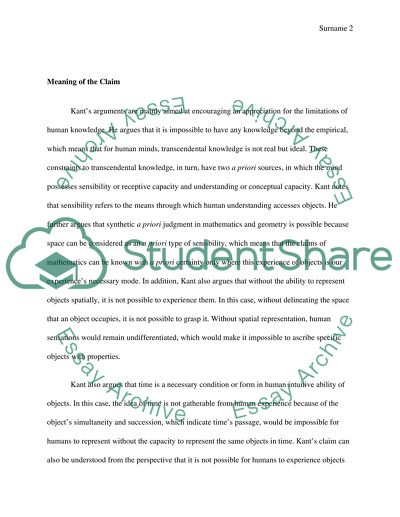Cite this document
(Several Concepts of the Natural World and Geometry Essay Example | Topics and Well Written Essays - 2250 words, n.d.)
Several Concepts of the Natural World and Geometry Essay Example | Topics and Well Written Essays - 2250 words. https://studentshare.org/philosophy/1697010-several-concepts-of-the-natural-world-and-geometry
Several Concepts of the Natural World and Geometry Essay Example | Topics and Well Written Essays - 2250 words. https://studentshare.org/philosophy/1697010-several-concepts-of-the-natural-world-and-geometry
(Several Concepts of the Natural World and Geometry Essay Example | Topics and Well Written Essays - 2250 Words)
Several Concepts of the Natural World and Geometry Essay Example | Topics and Well Written Essays - 2250 Words. https://studentshare.org/philosophy/1697010-several-concepts-of-the-natural-world-and-geometry.
Several Concepts of the Natural World and Geometry Essay Example | Topics and Well Written Essays - 2250 Words. https://studentshare.org/philosophy/1697010-several-concepts-of-the-natural-world-and-geometry.
“Several Concepts of the Natural World and Geometry Essay Example | Topics and Well Written Essays - 2250 Words”. https://studentshare.org/philosophy/1697010-several-concepts-of-the-natural-world-and-geometry.


